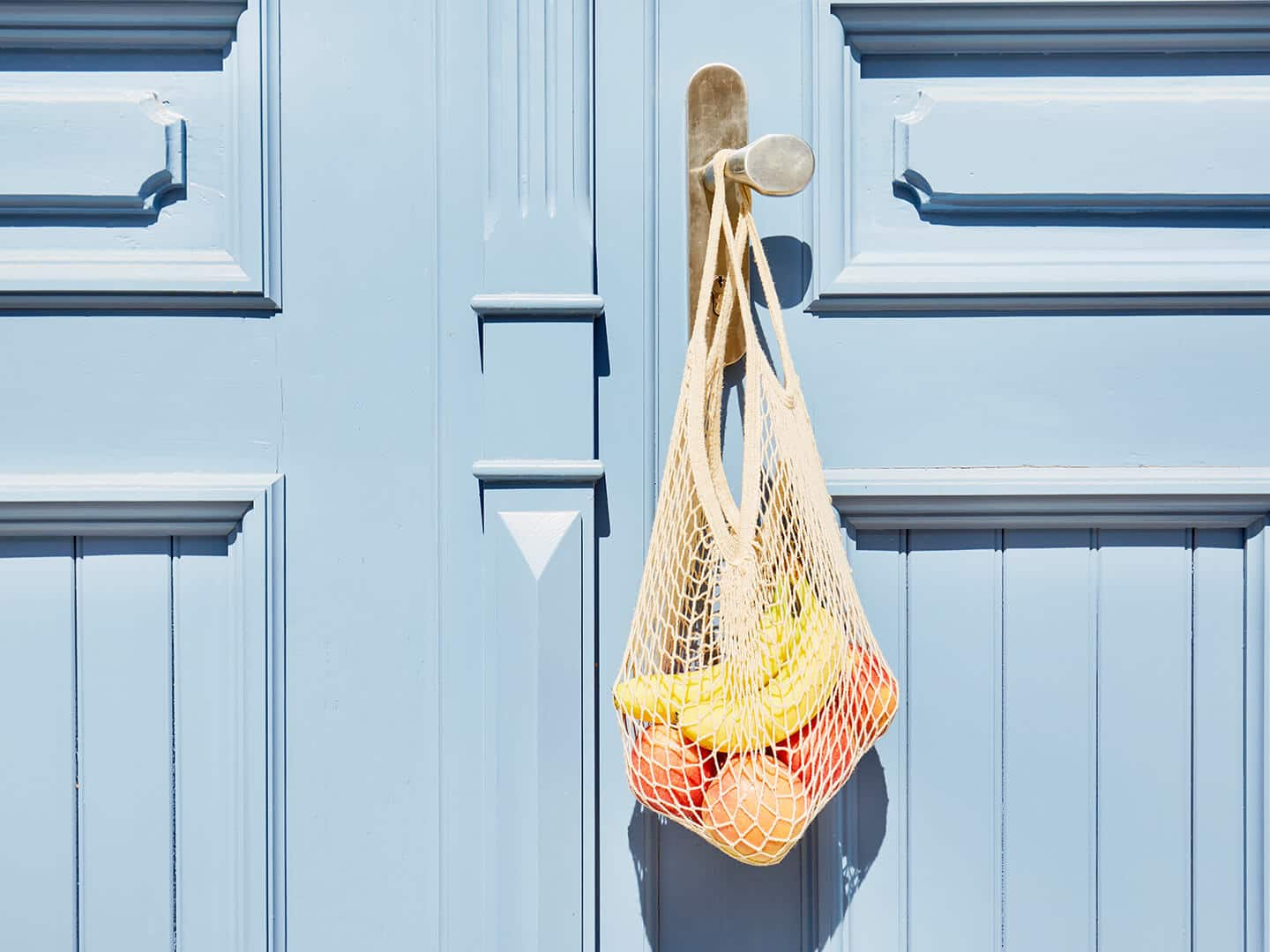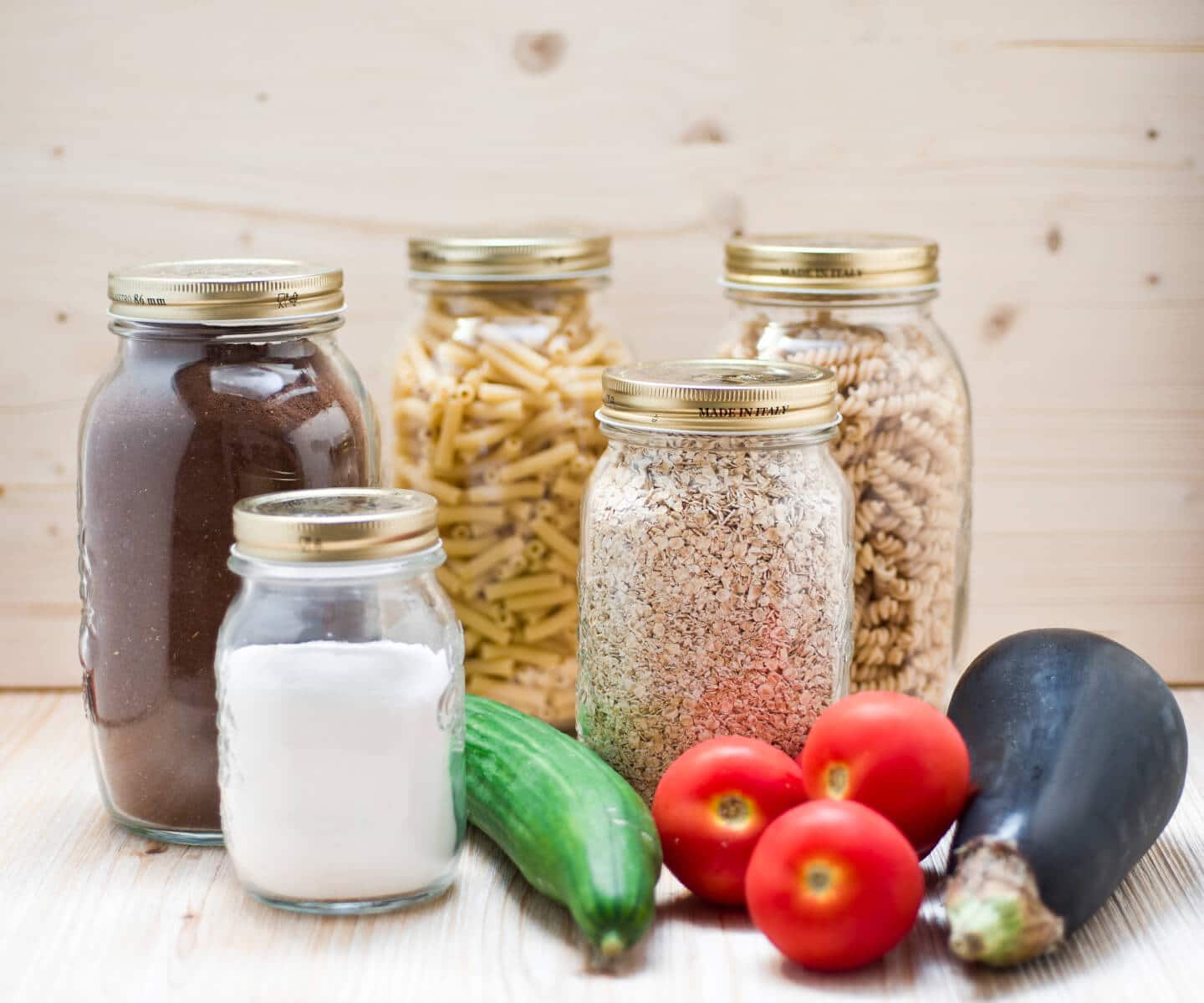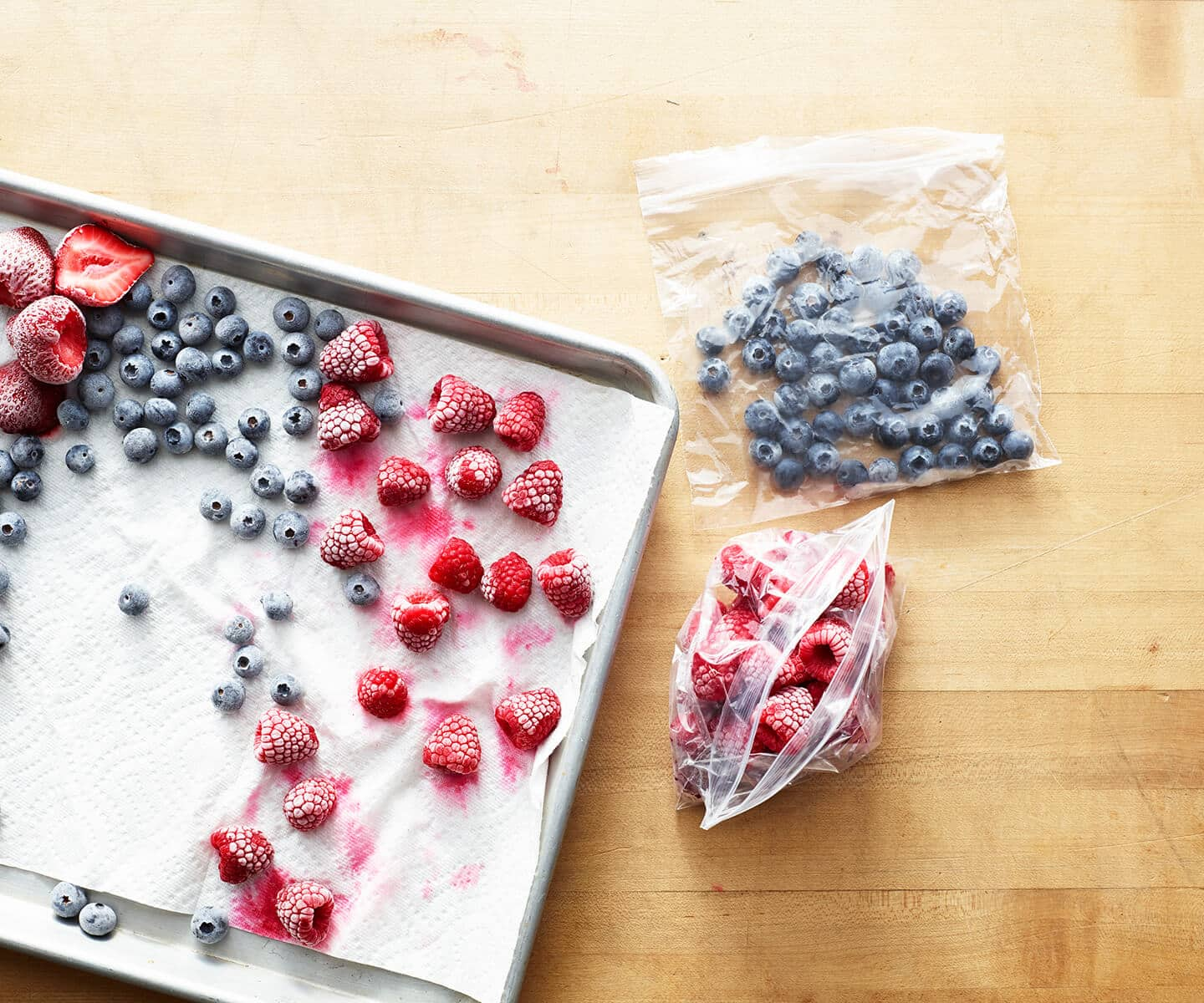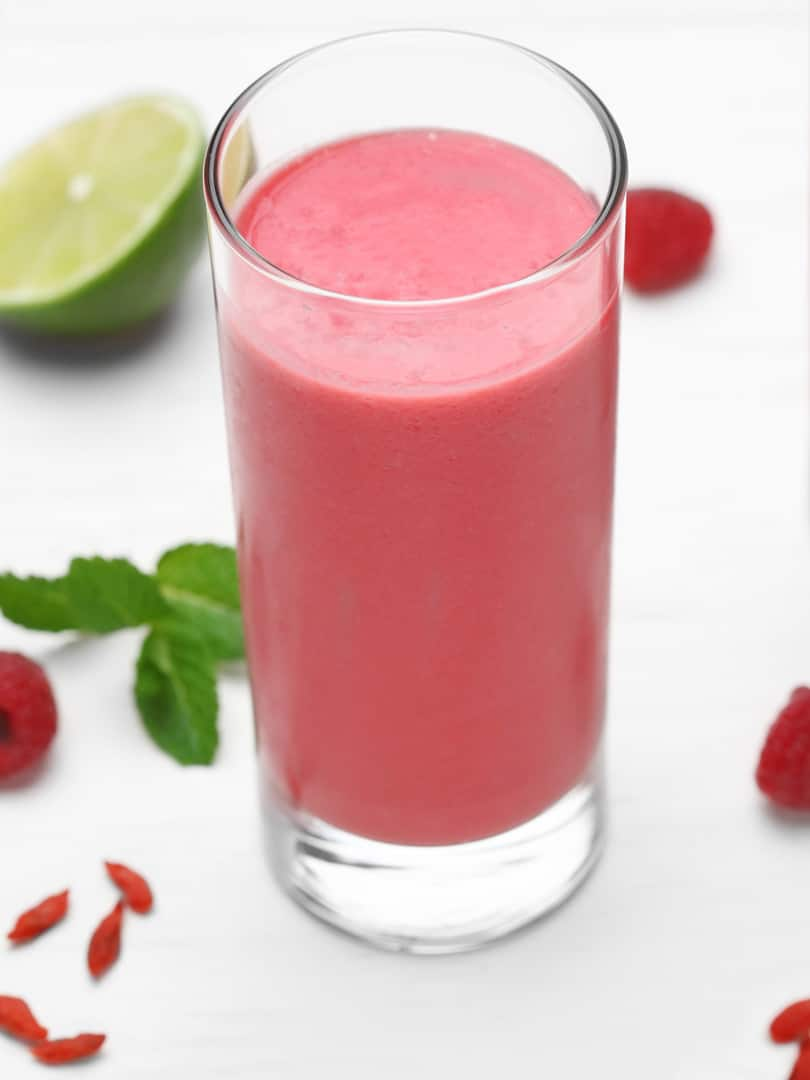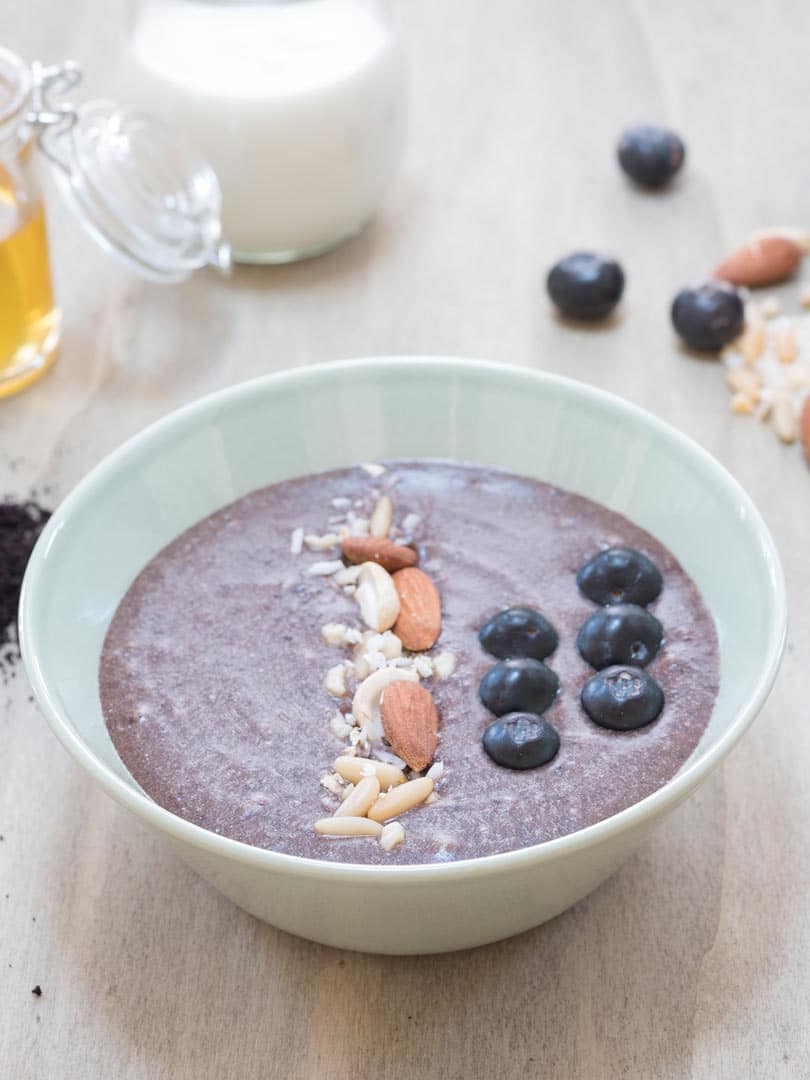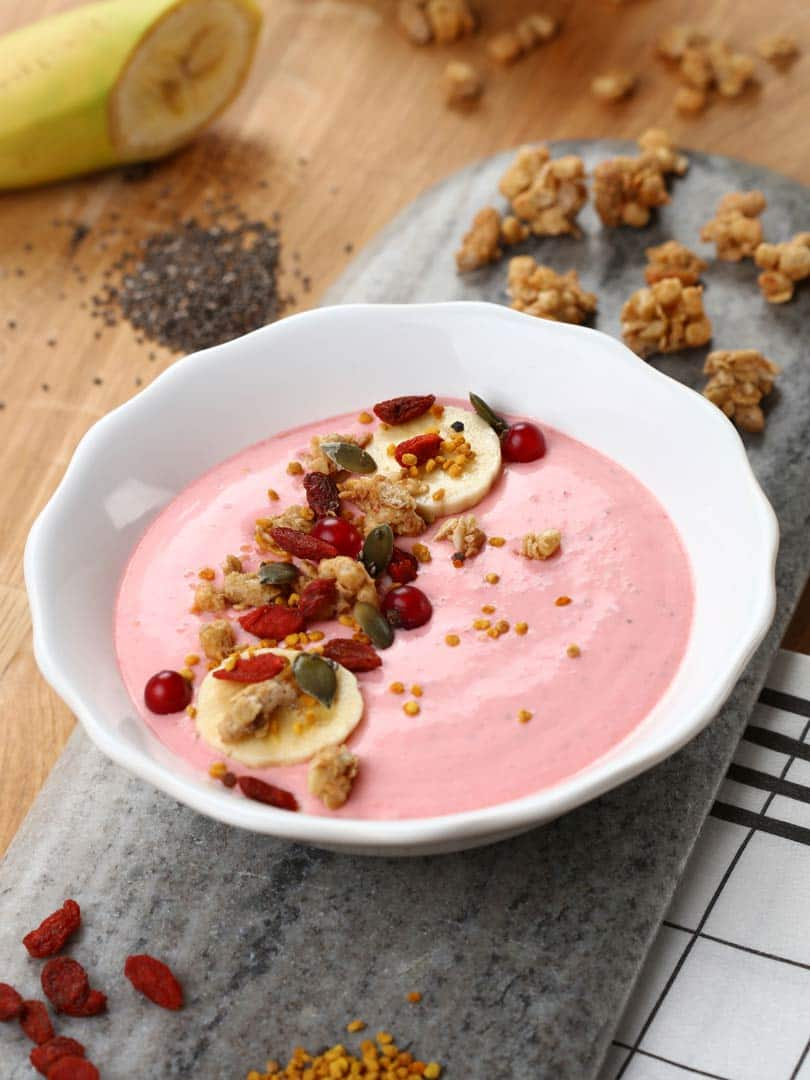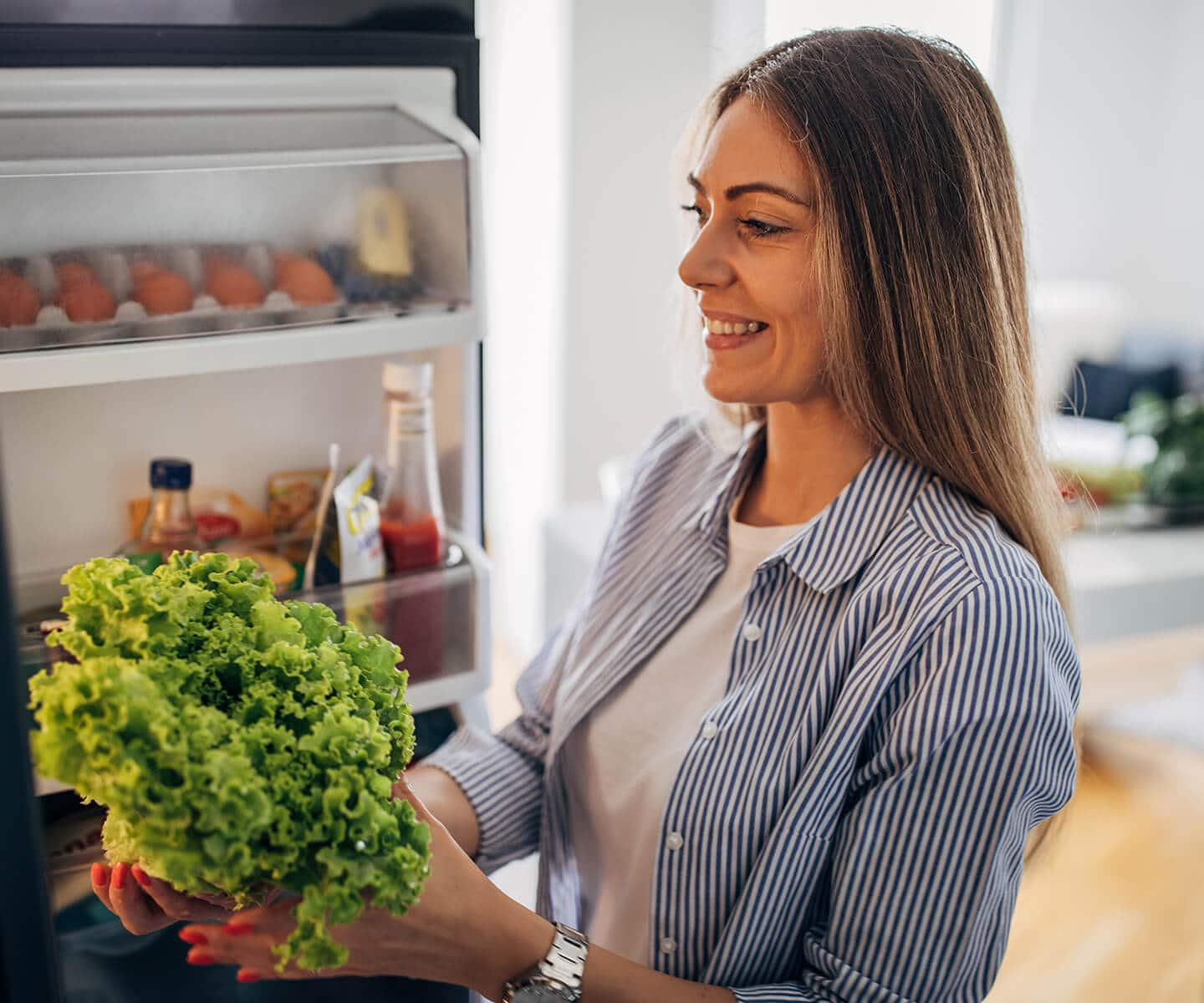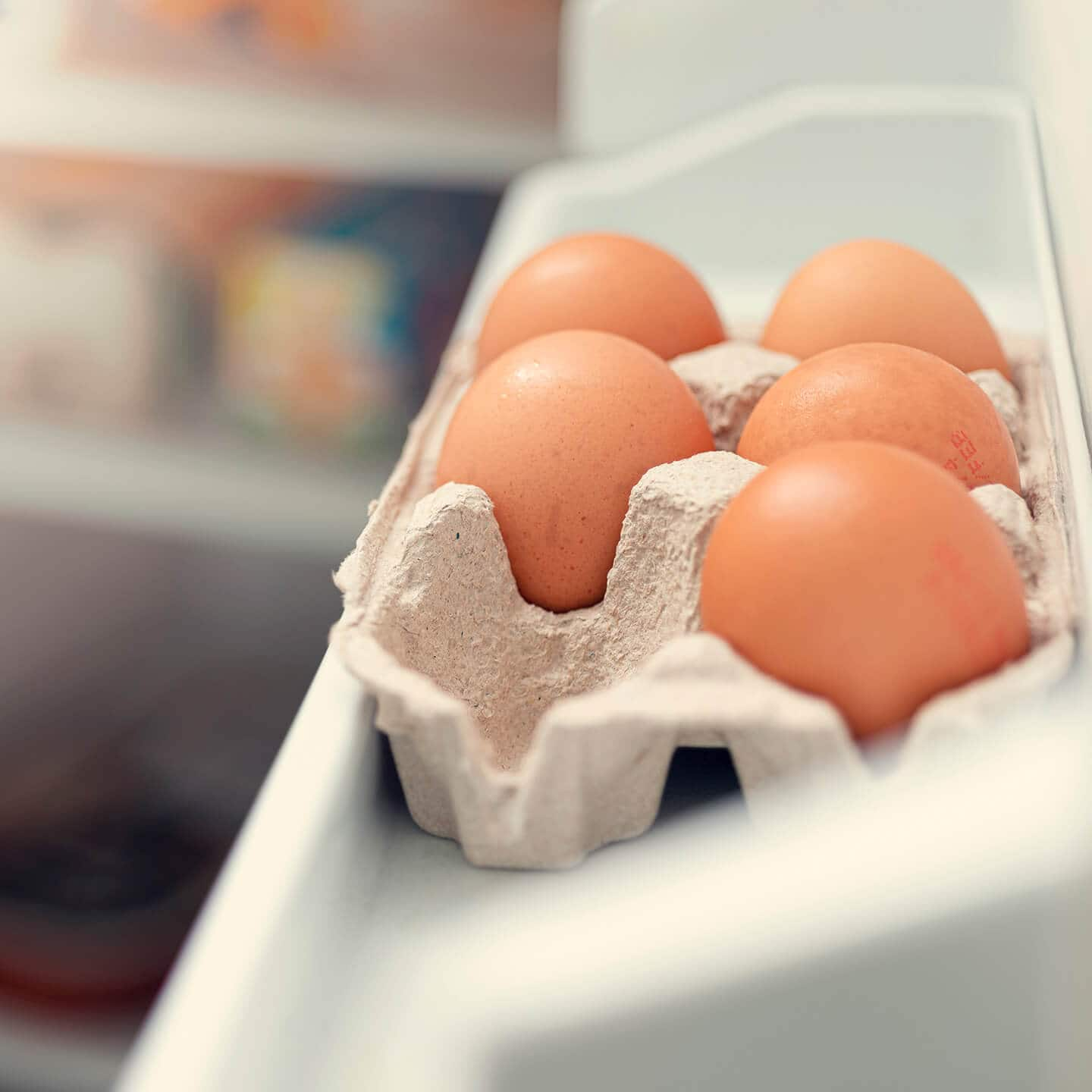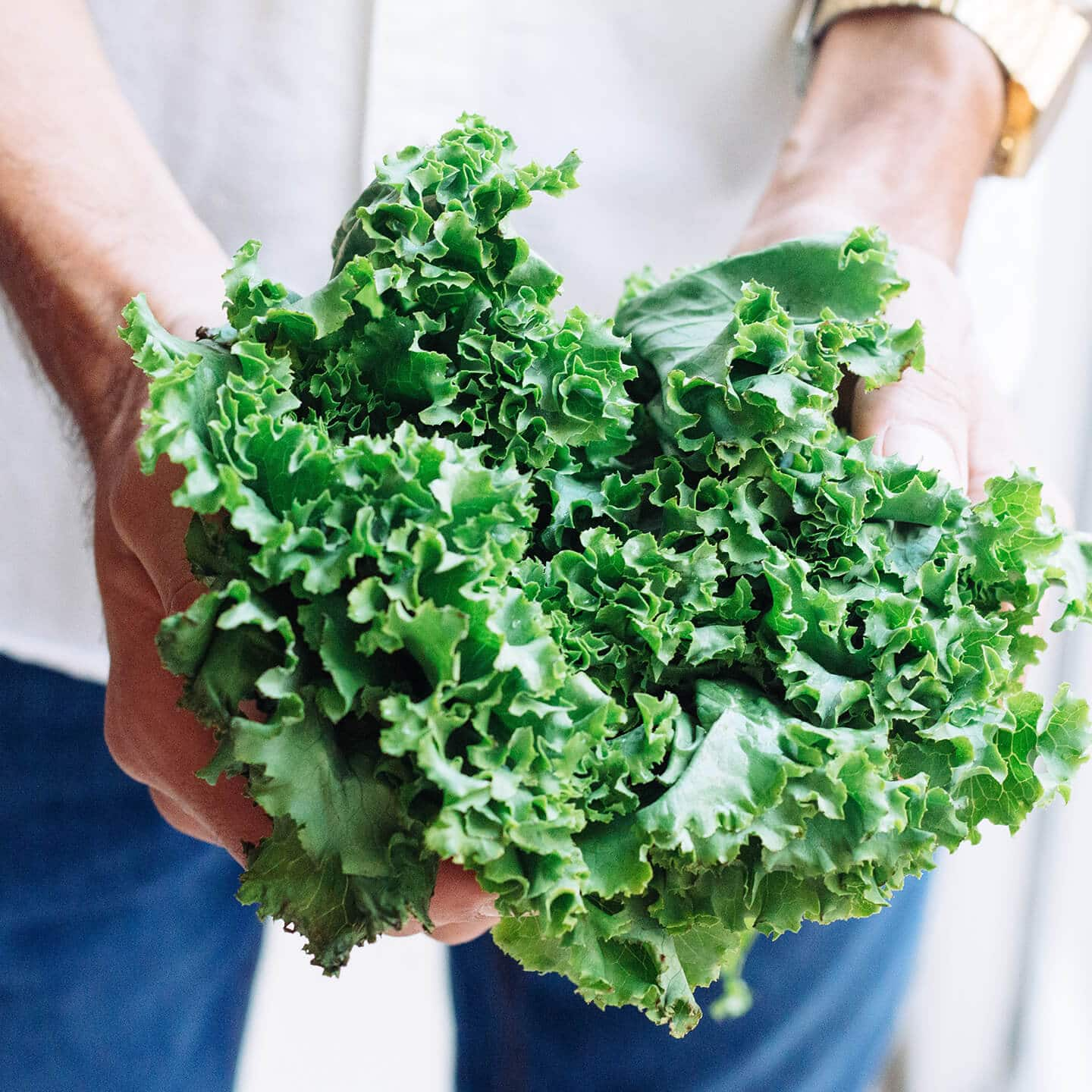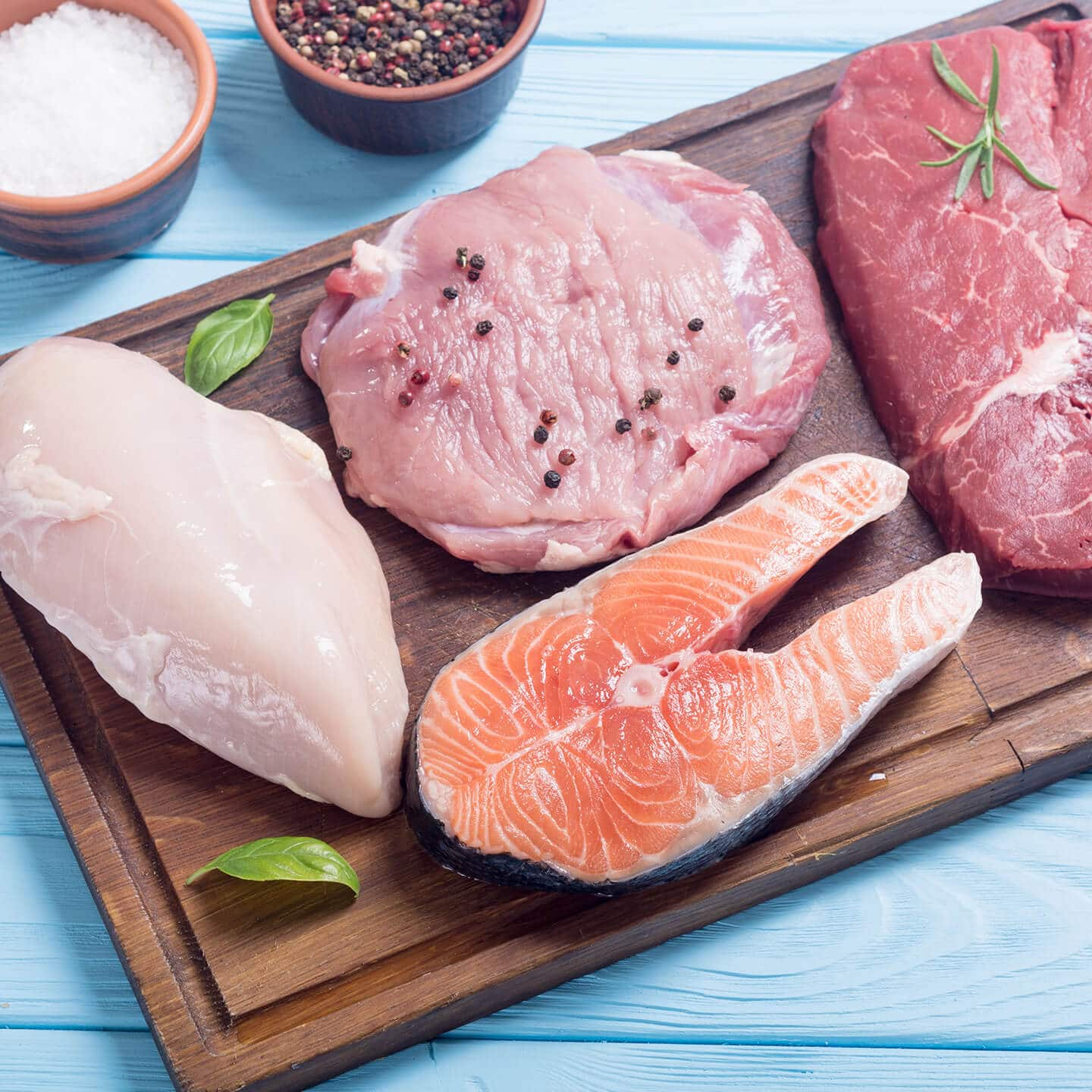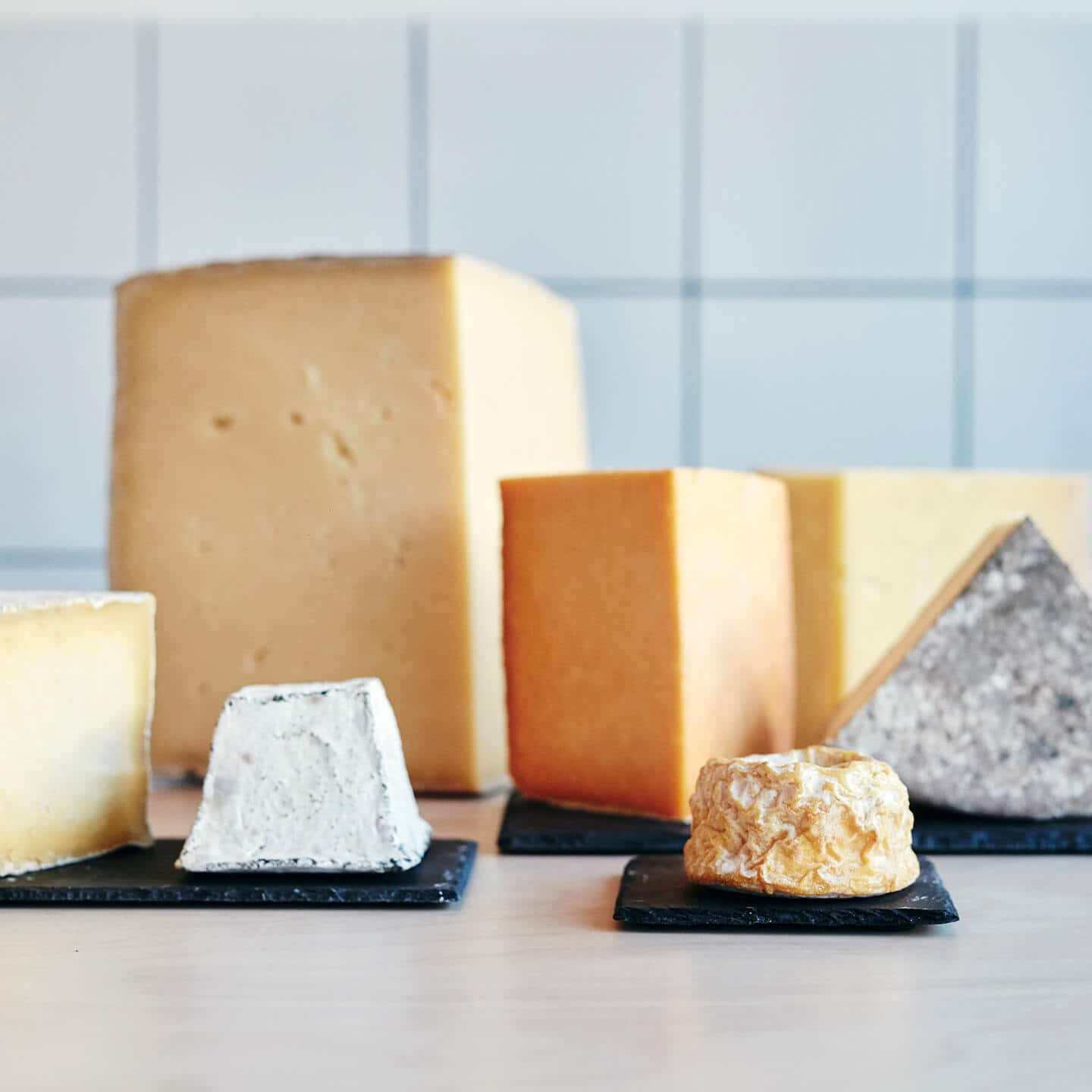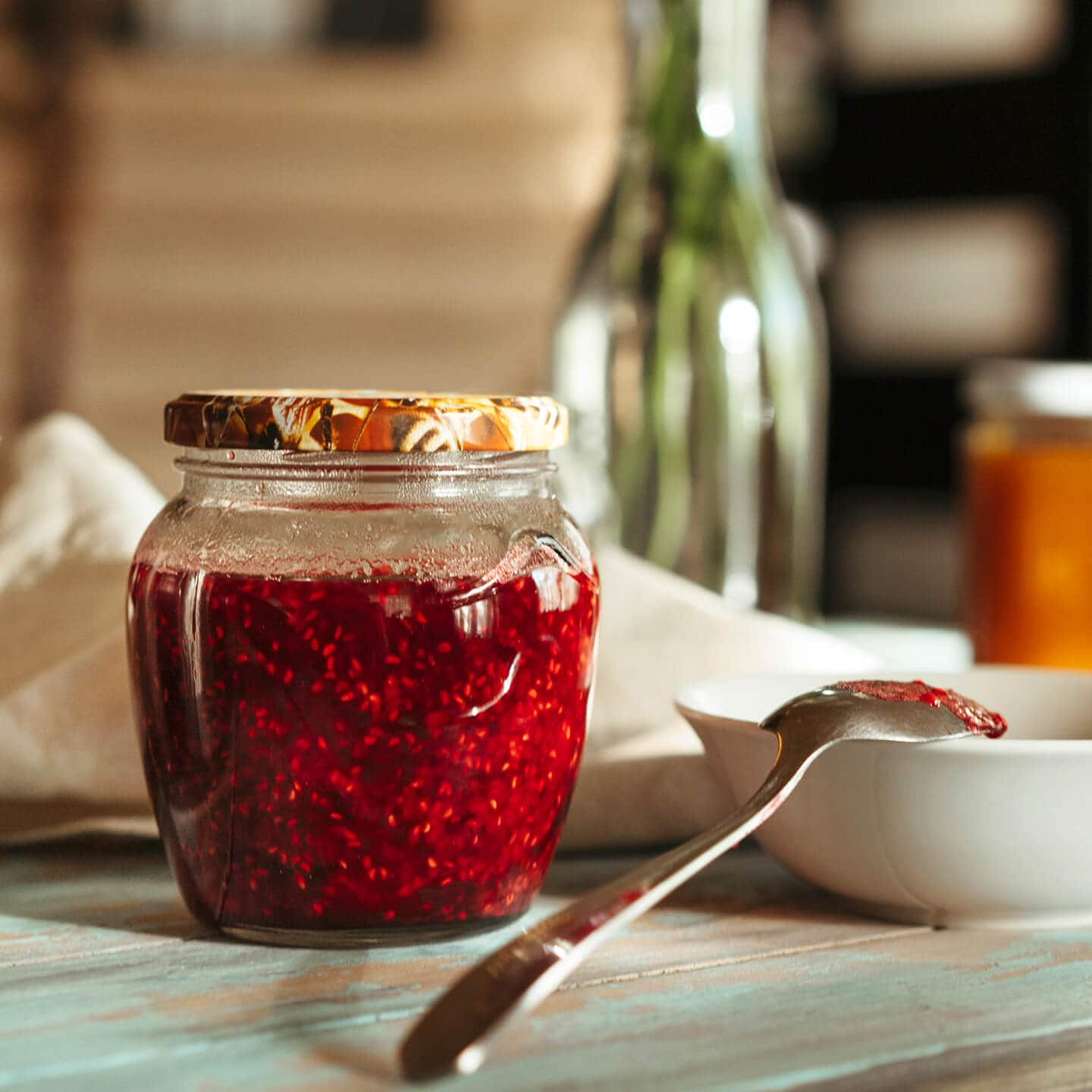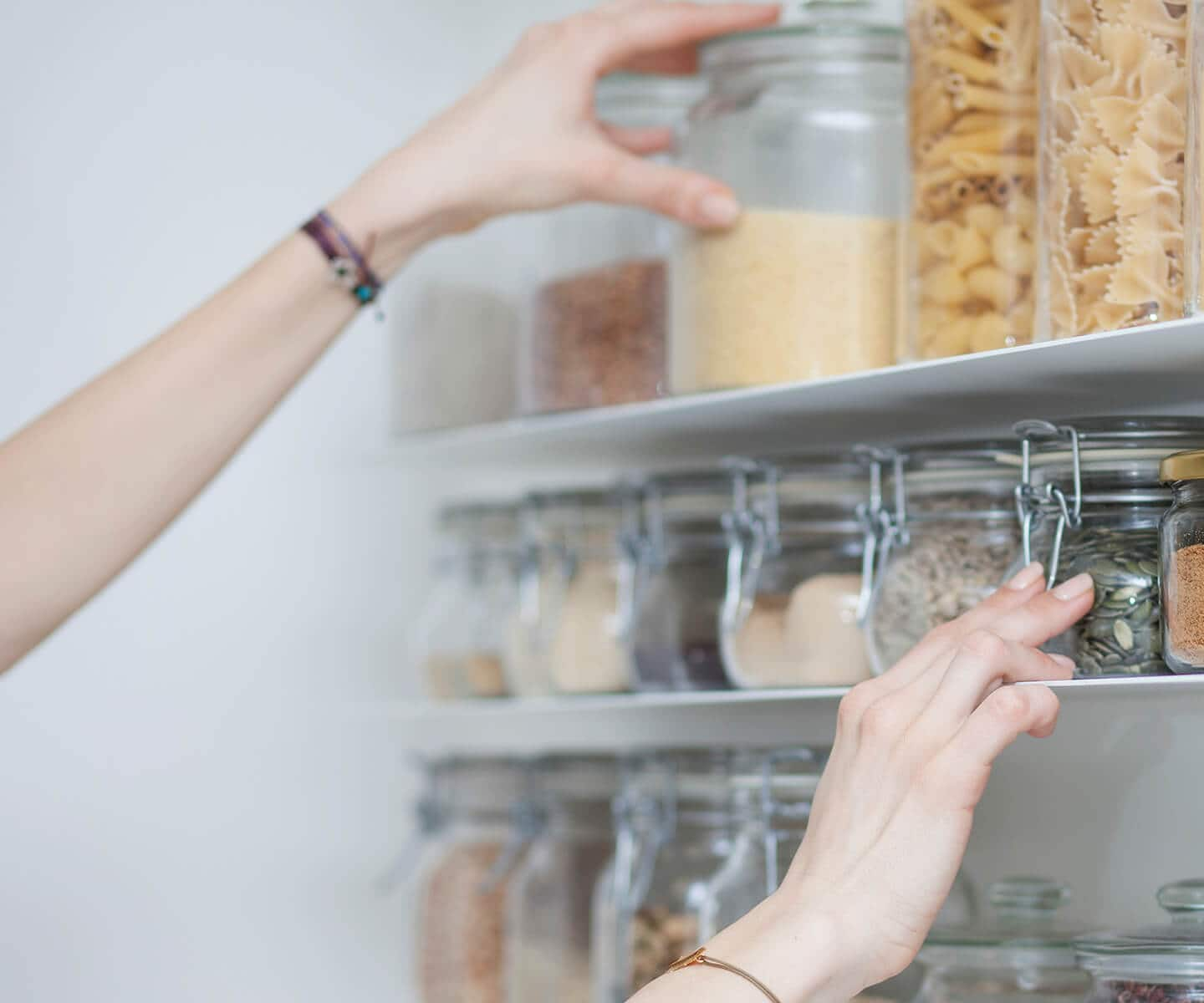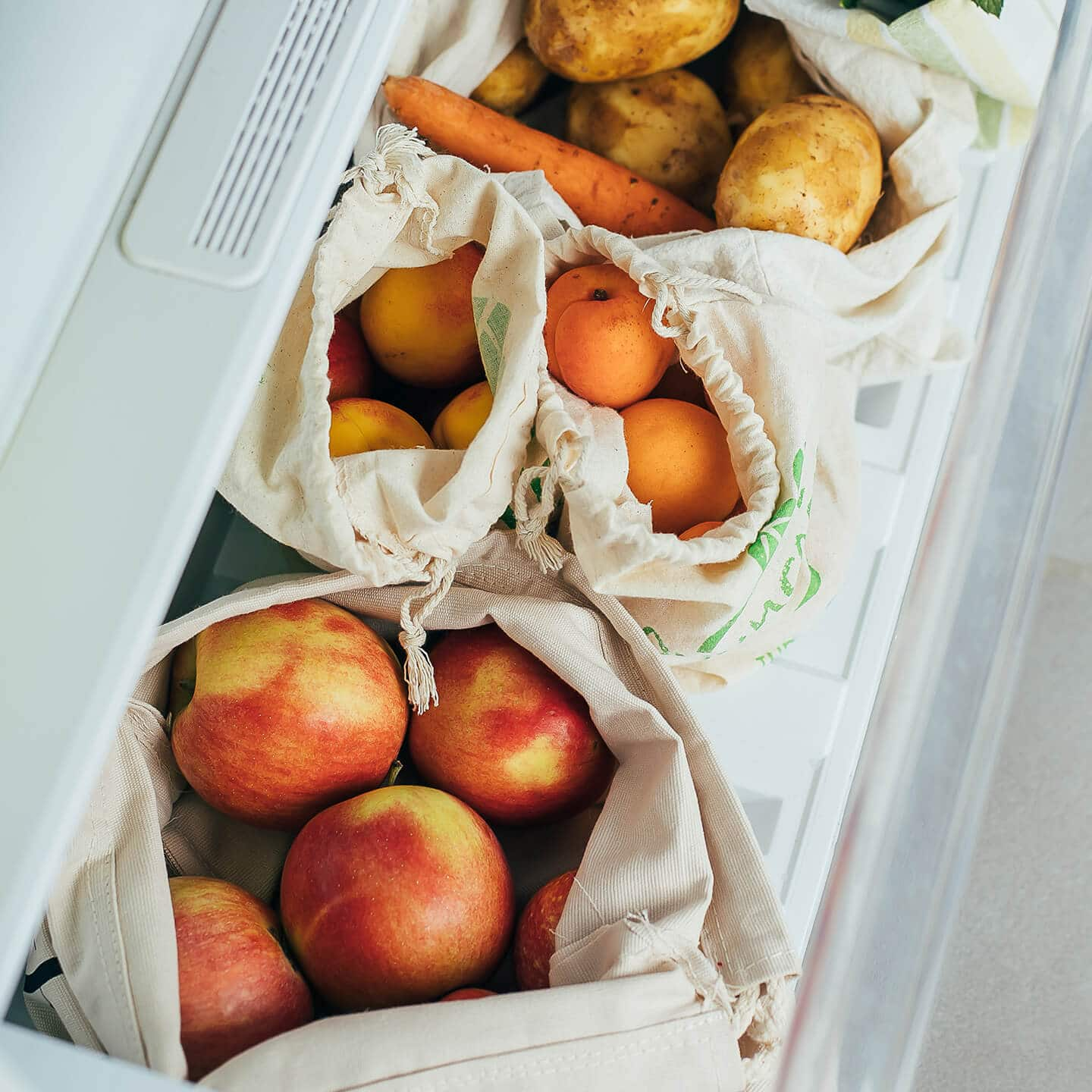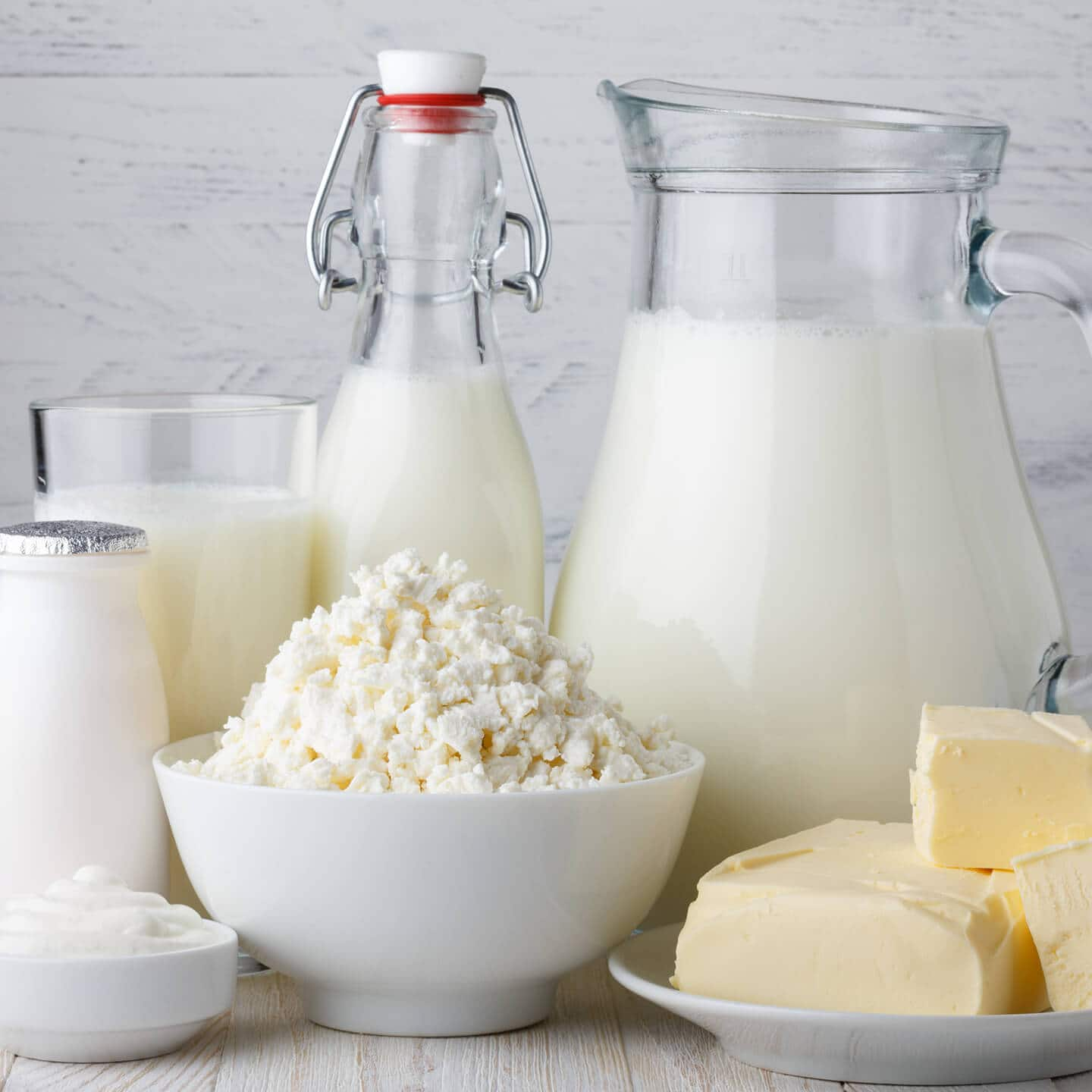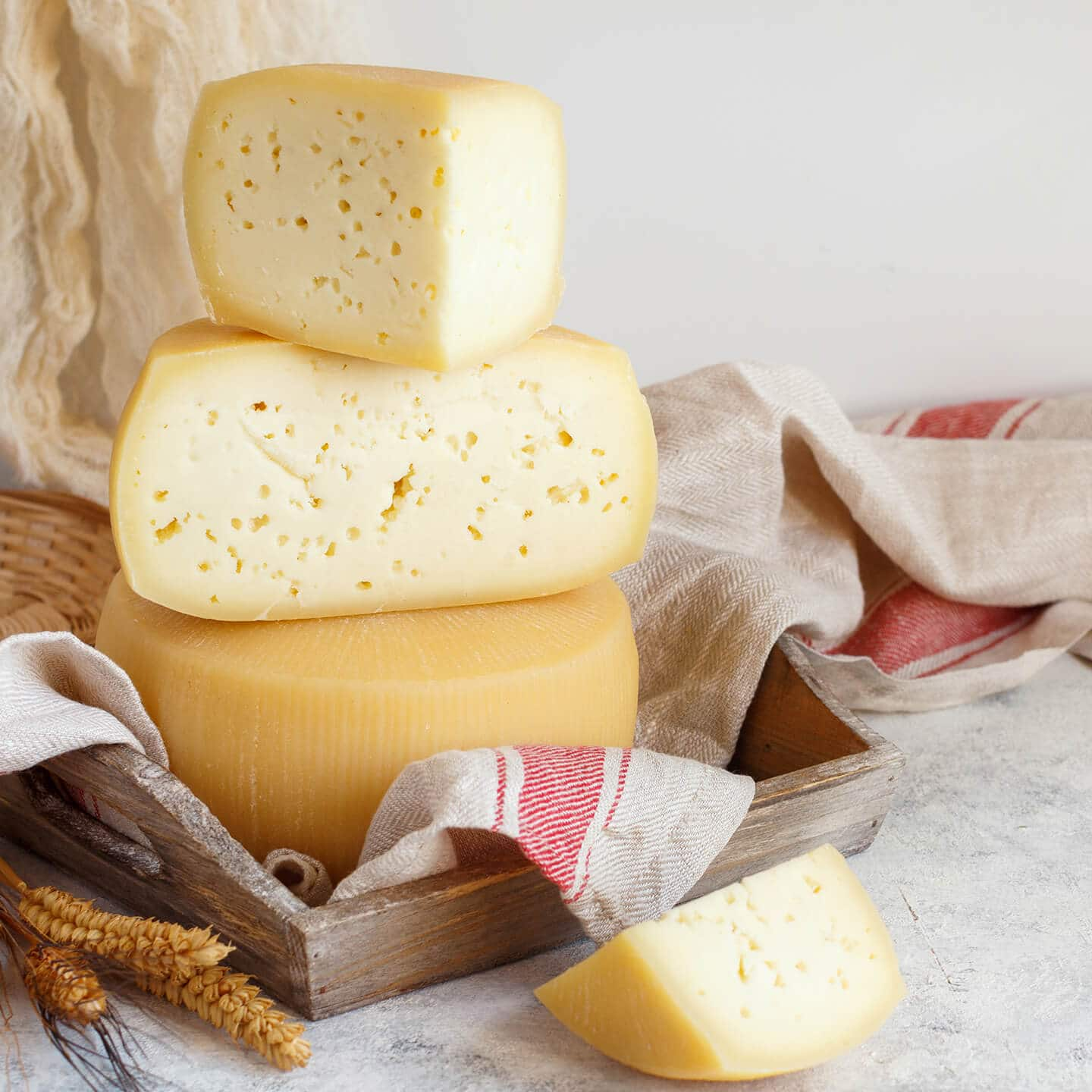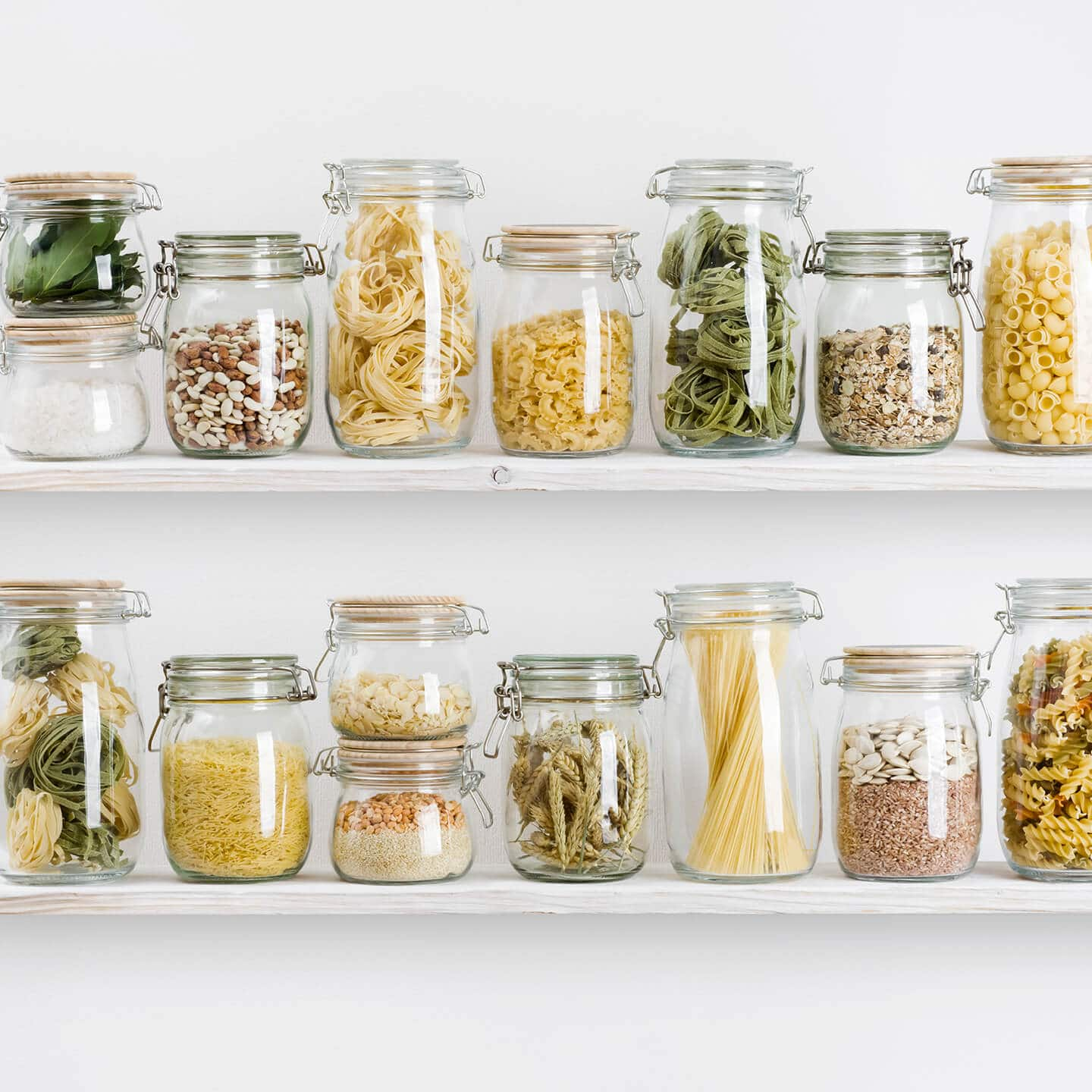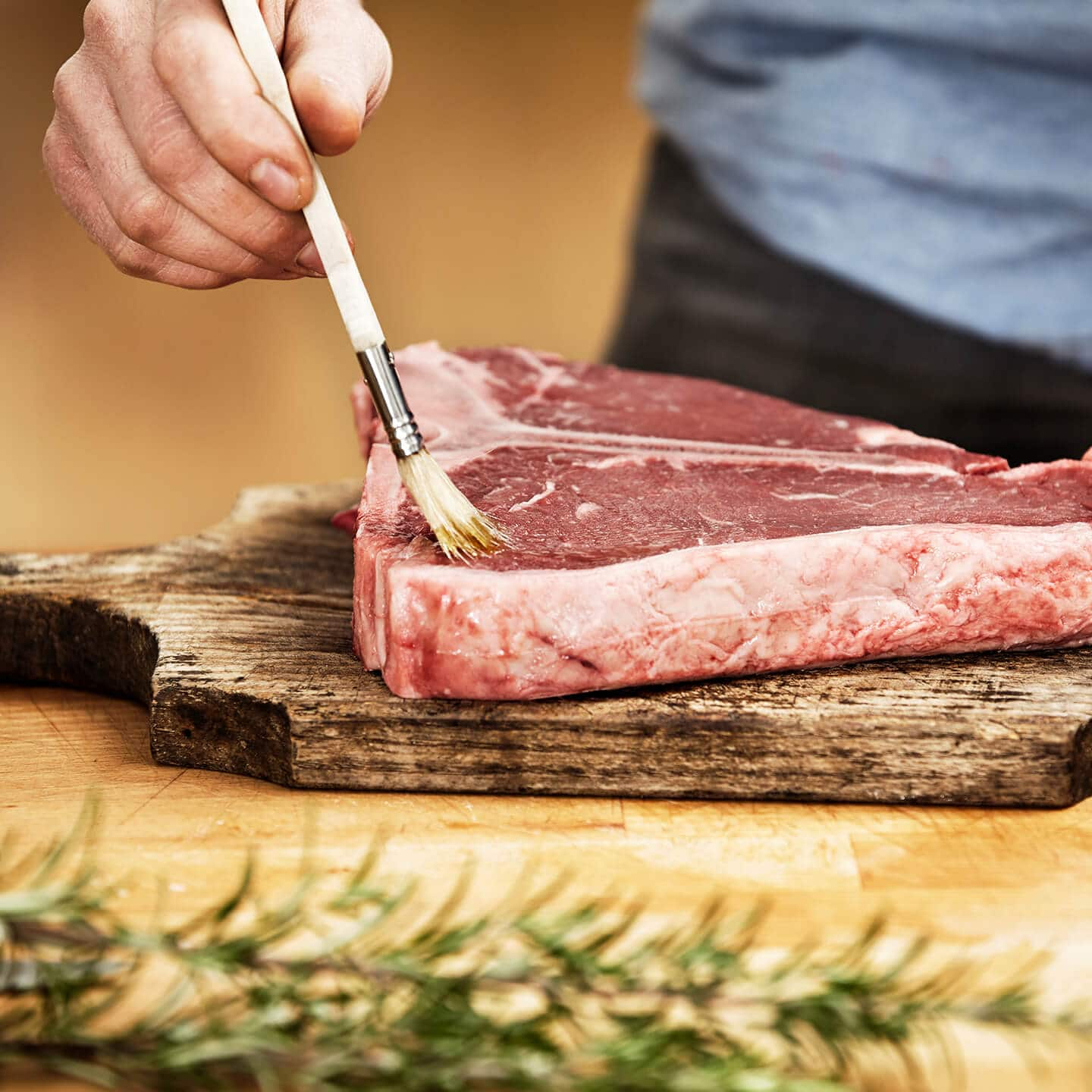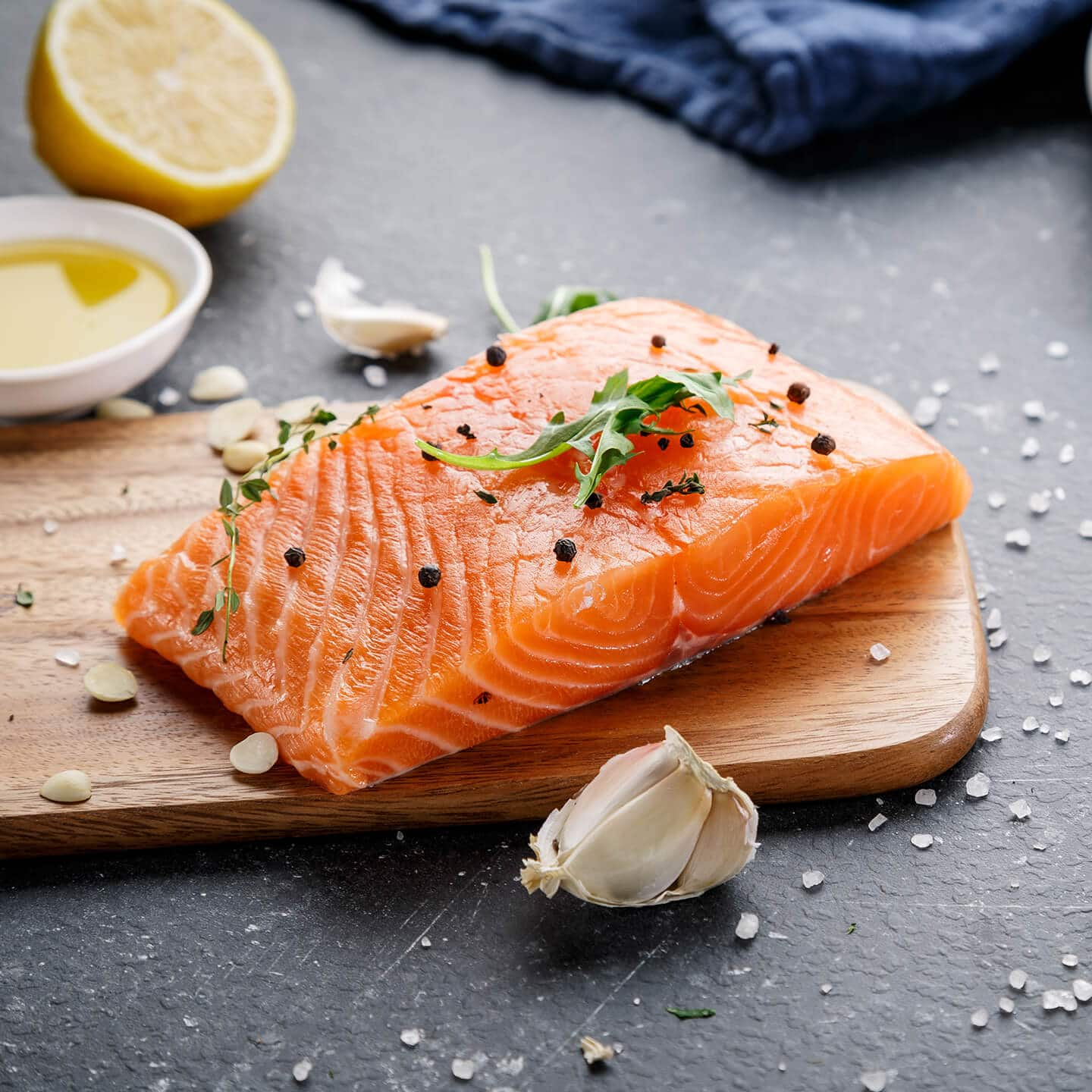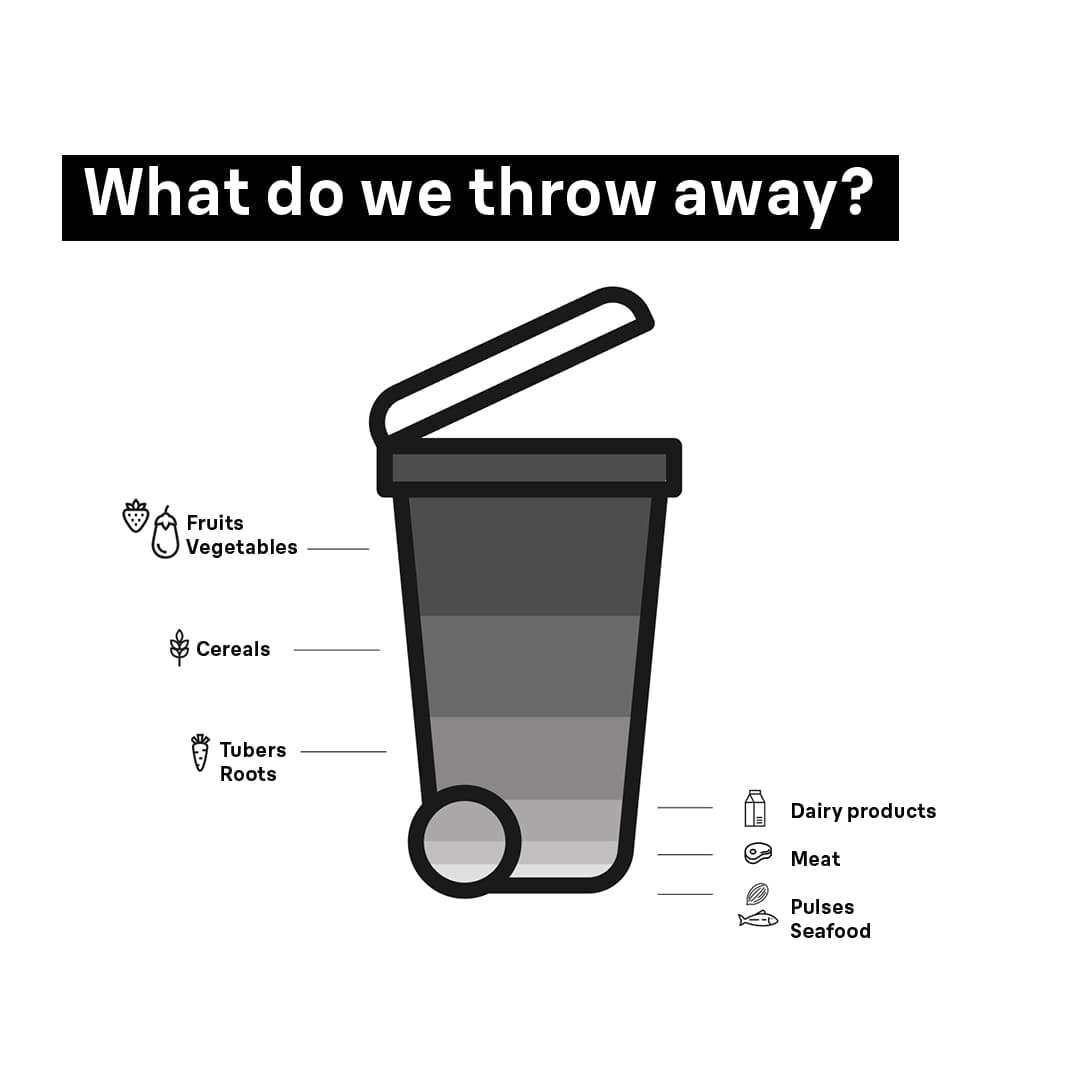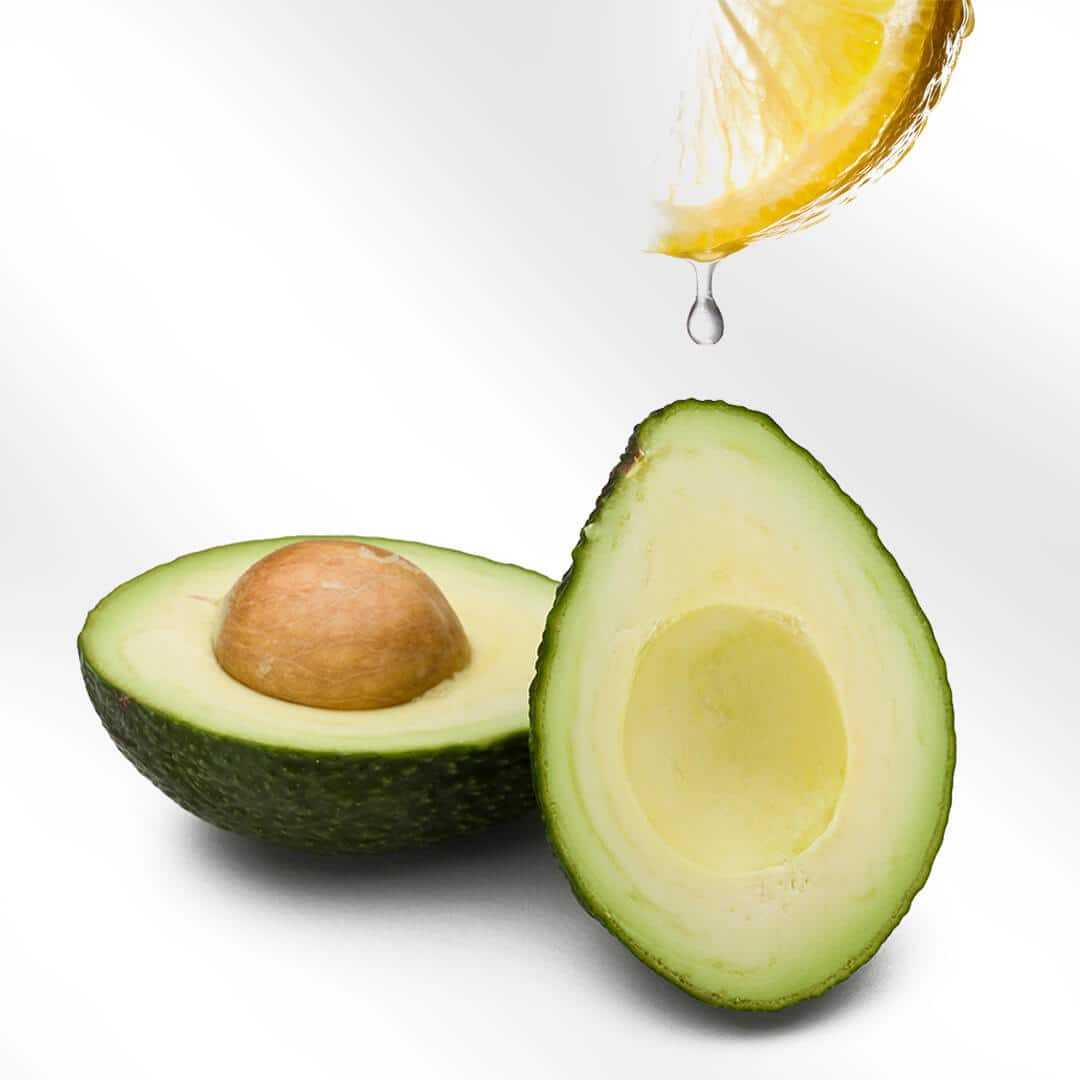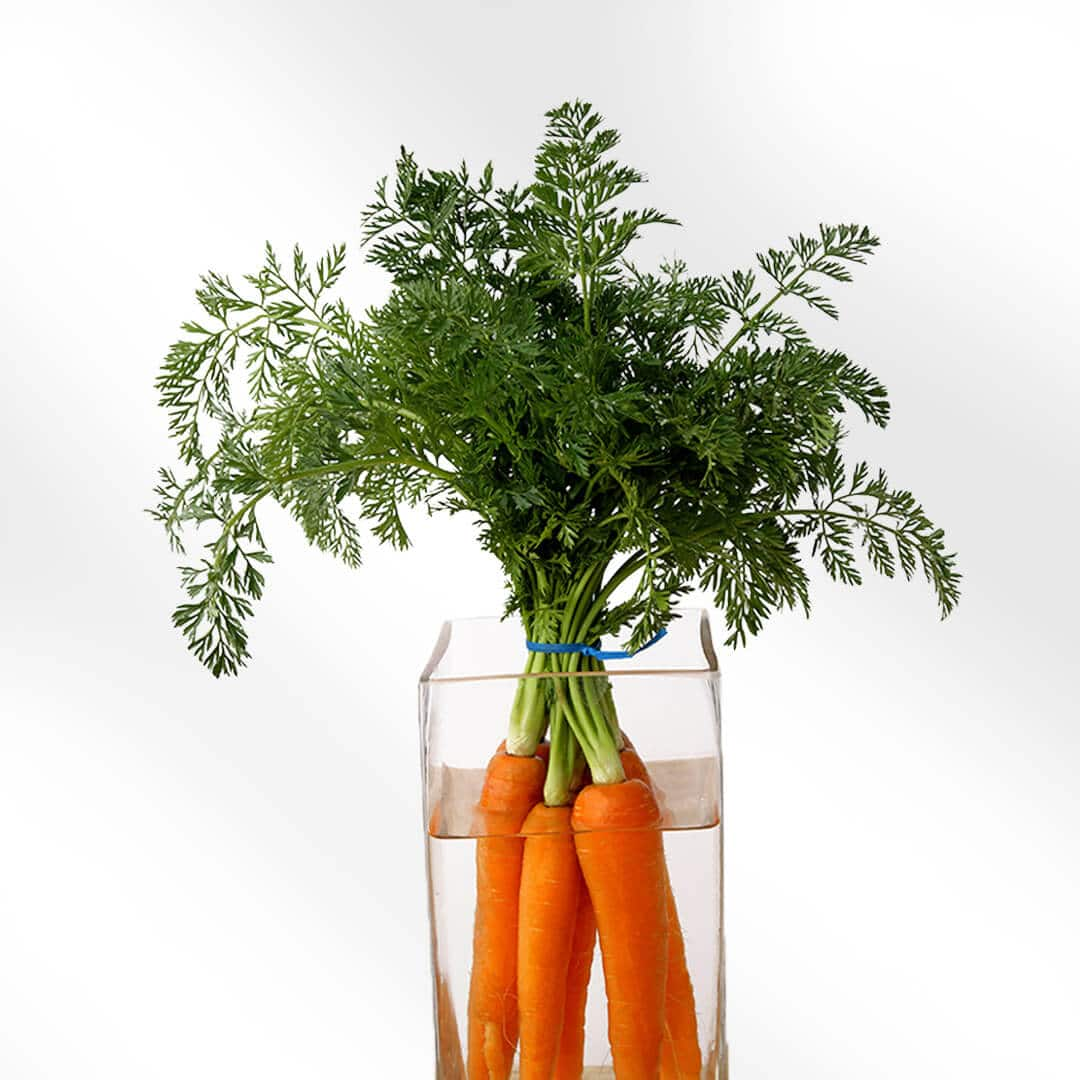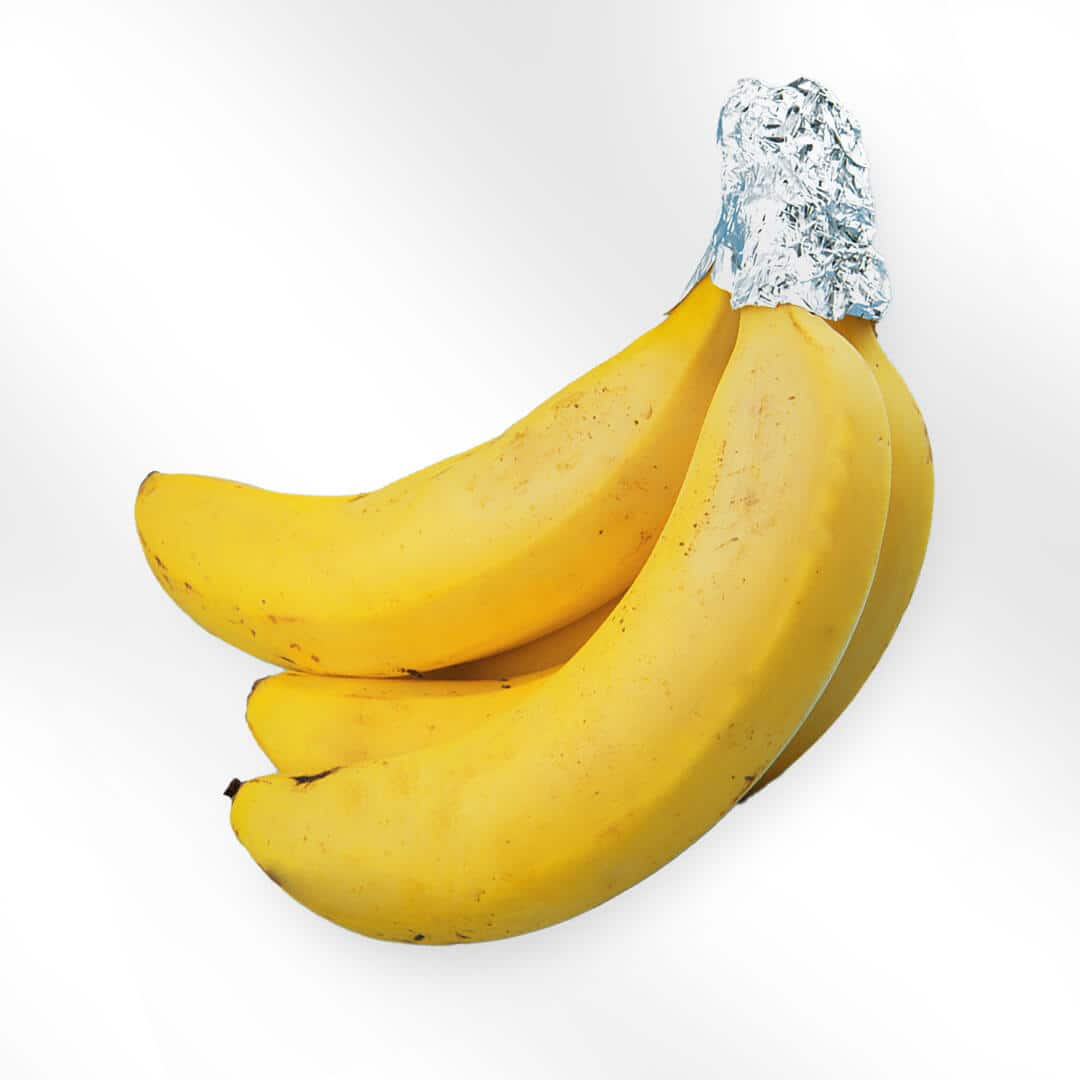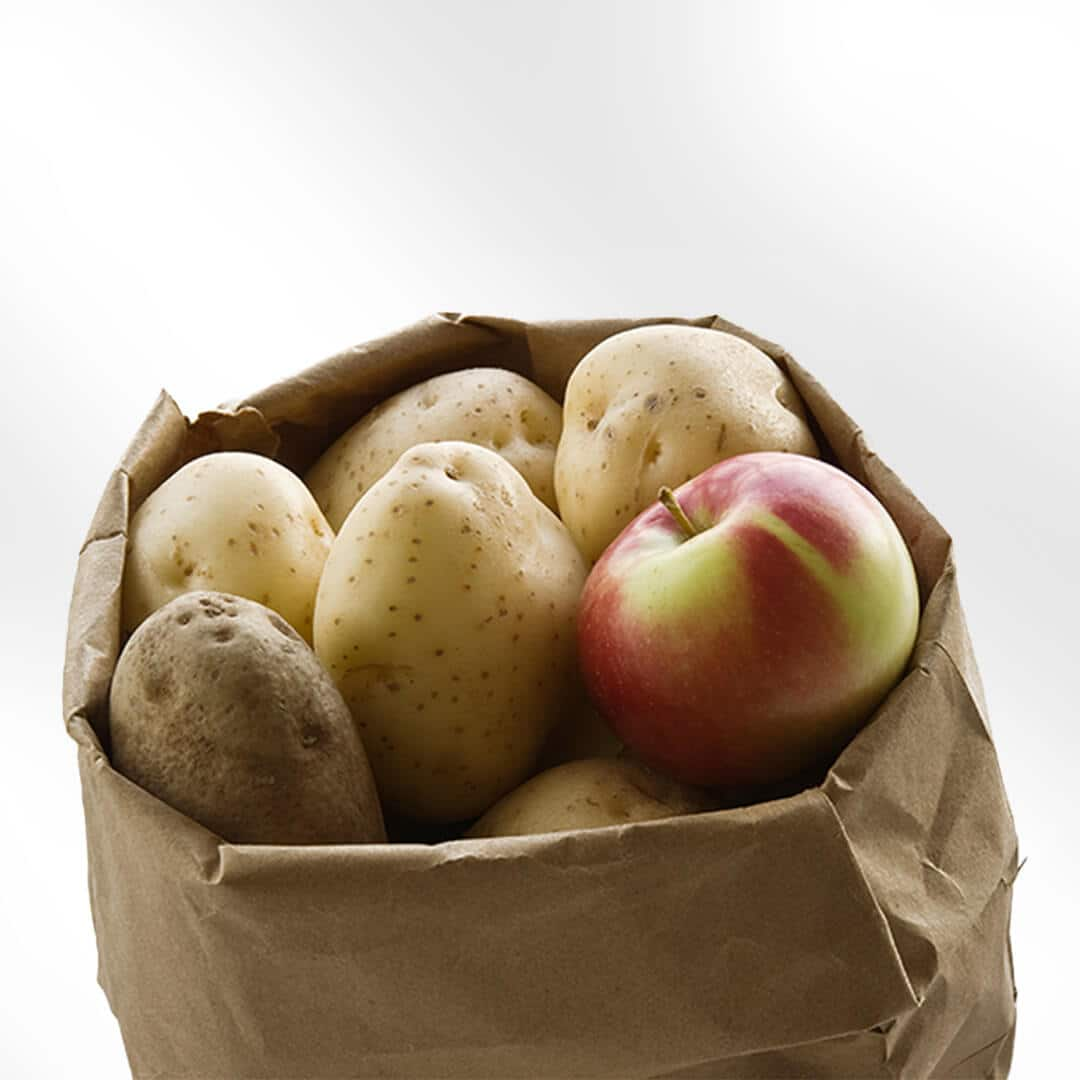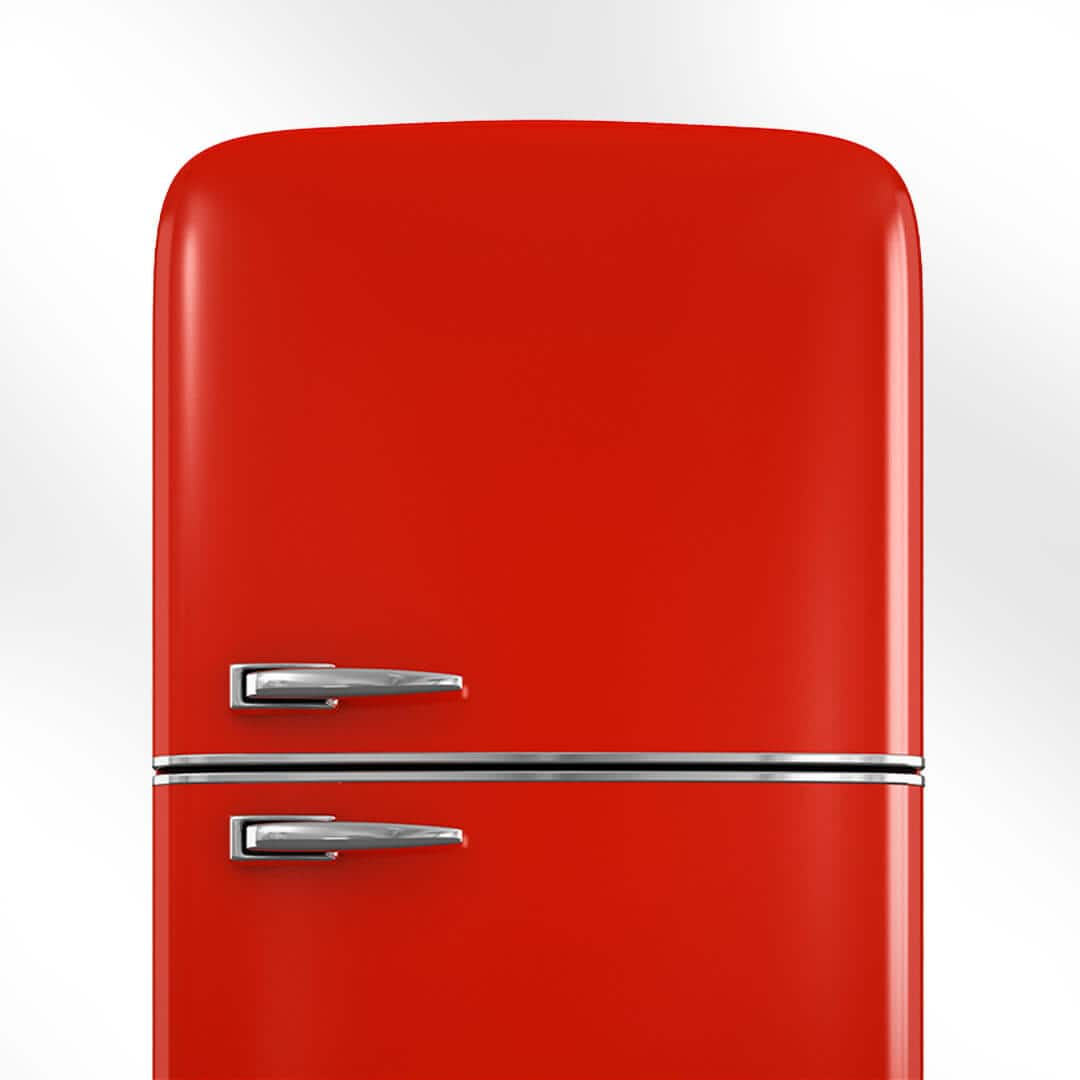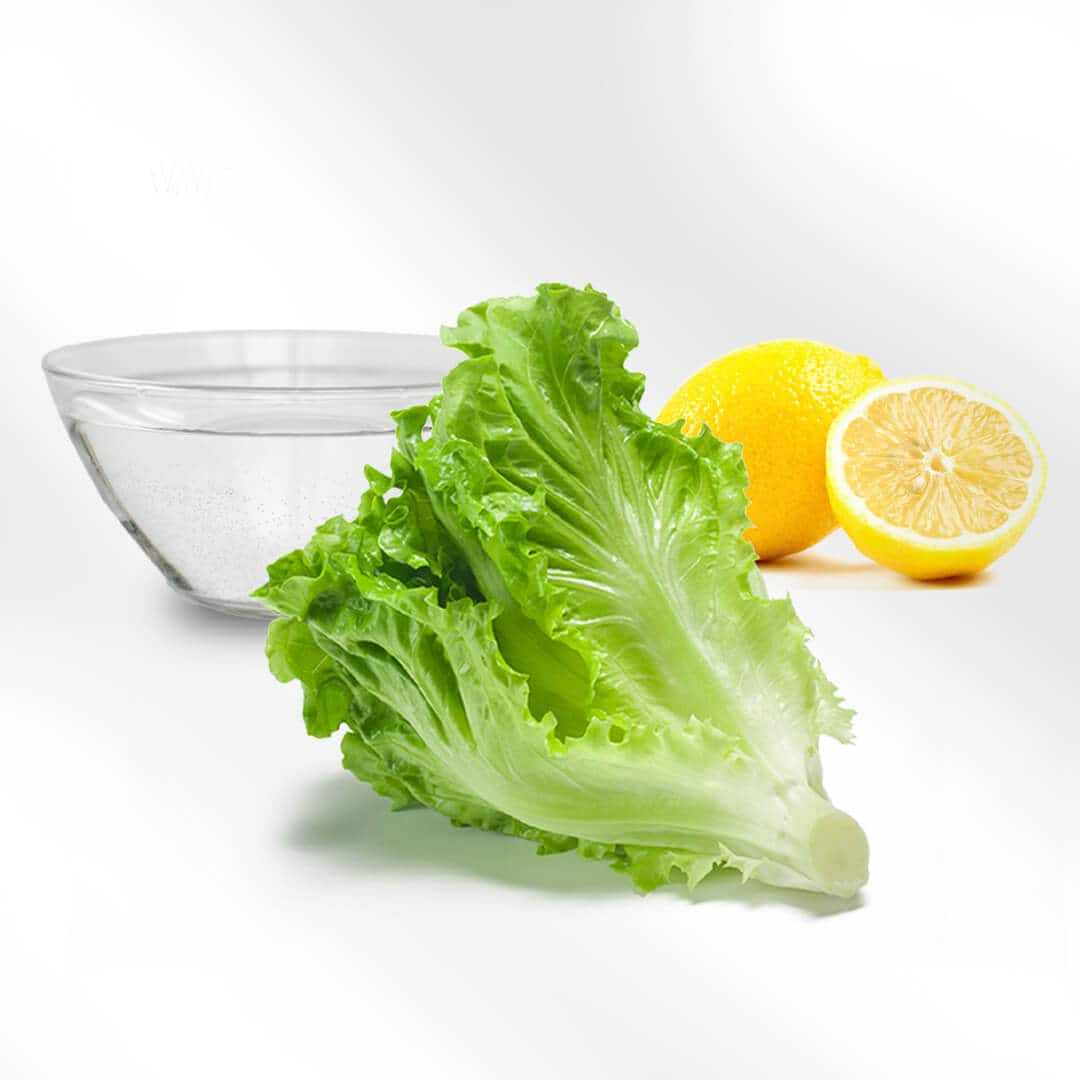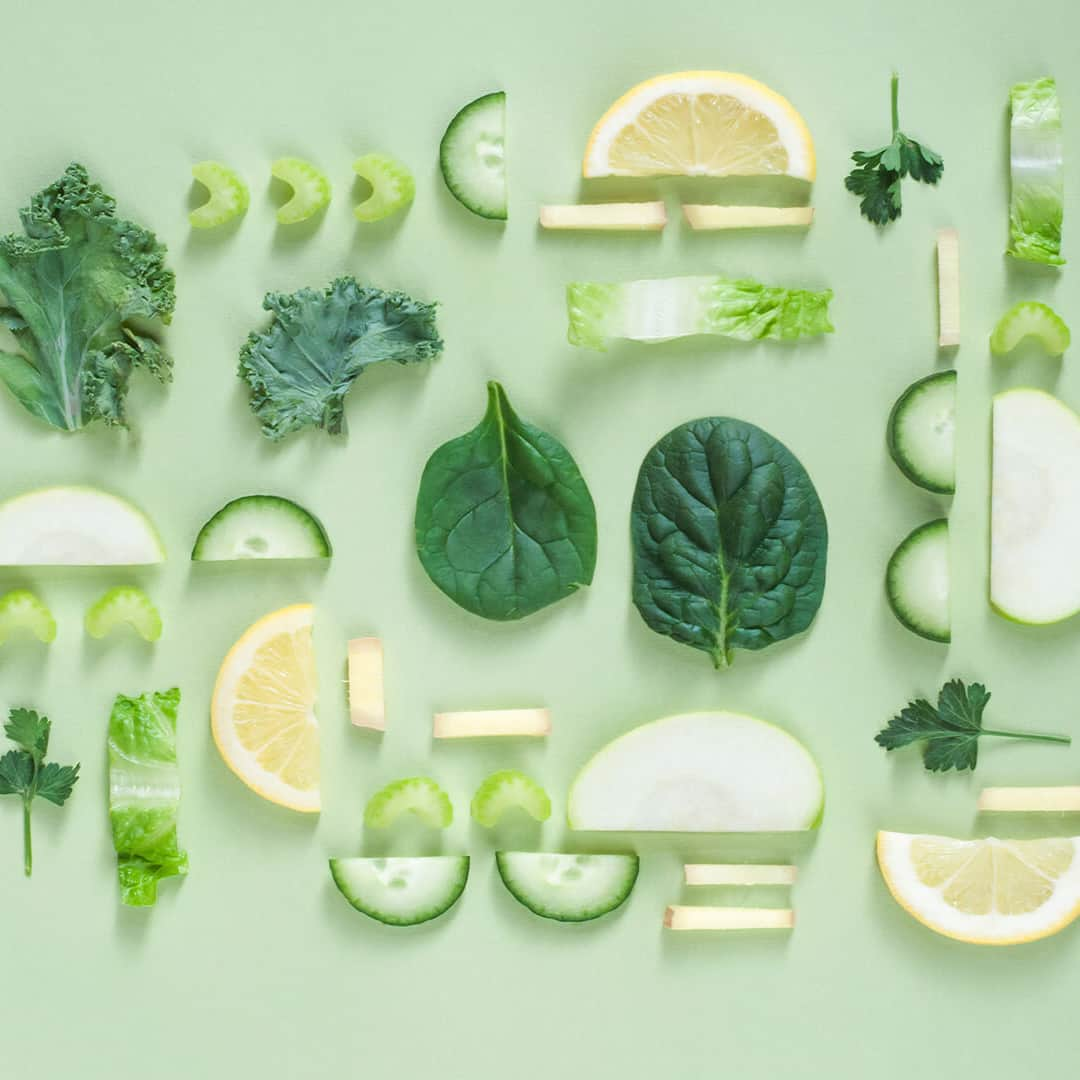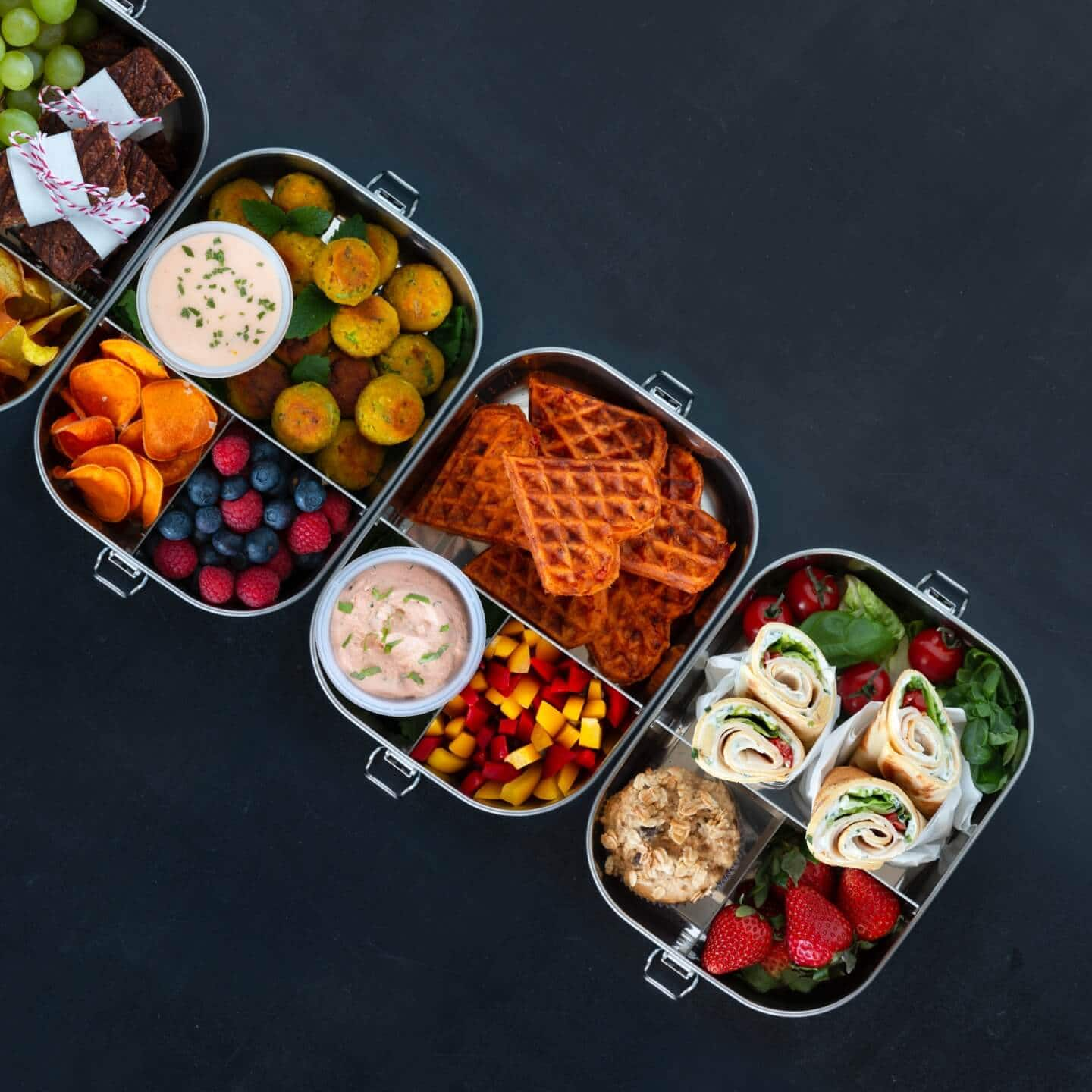Food preparation
Cooking
Breakfast
Garment Care
Get inspired
Food preparation
Cooking
Breakfast
Garment Care
Get inspired

Hand blenders
Perfect blending results

Hand blenders
Perfect blending results

Hand mixers
Bring out the joy of cooking and baking.

Jug blenders
Blend sauces, icy drinks & more.

Multifunctional contact grills
All in one. Perfectly grilled meat and much more.

Multifunctional contact grills
All in one. Perfectly grilled meat and much more.

Coffee makers
Intuitive design. Inviting aroma

Citrus juicers
Fresh juice made fast & easy.

Spin Juicers
Make the most out of your fruits.

Steam generator irons
Top results faster & easier.

Steam generator irons
Top results faster & easier.

Steam irons
Flawless ironing quick & easy.

Sustainability at Braun
Good design is long-lasting.

Sustainability at Braun
Good design is long-lasting.

Hand blender attachments & accessories
Experience the versatility.

Sanitization funcion
Kills more than 99.99% of viruses and bacteria¹

Support & Service
How can we help you?

Personal care
Discover Braun's hair removal, grooming & skin care products.

